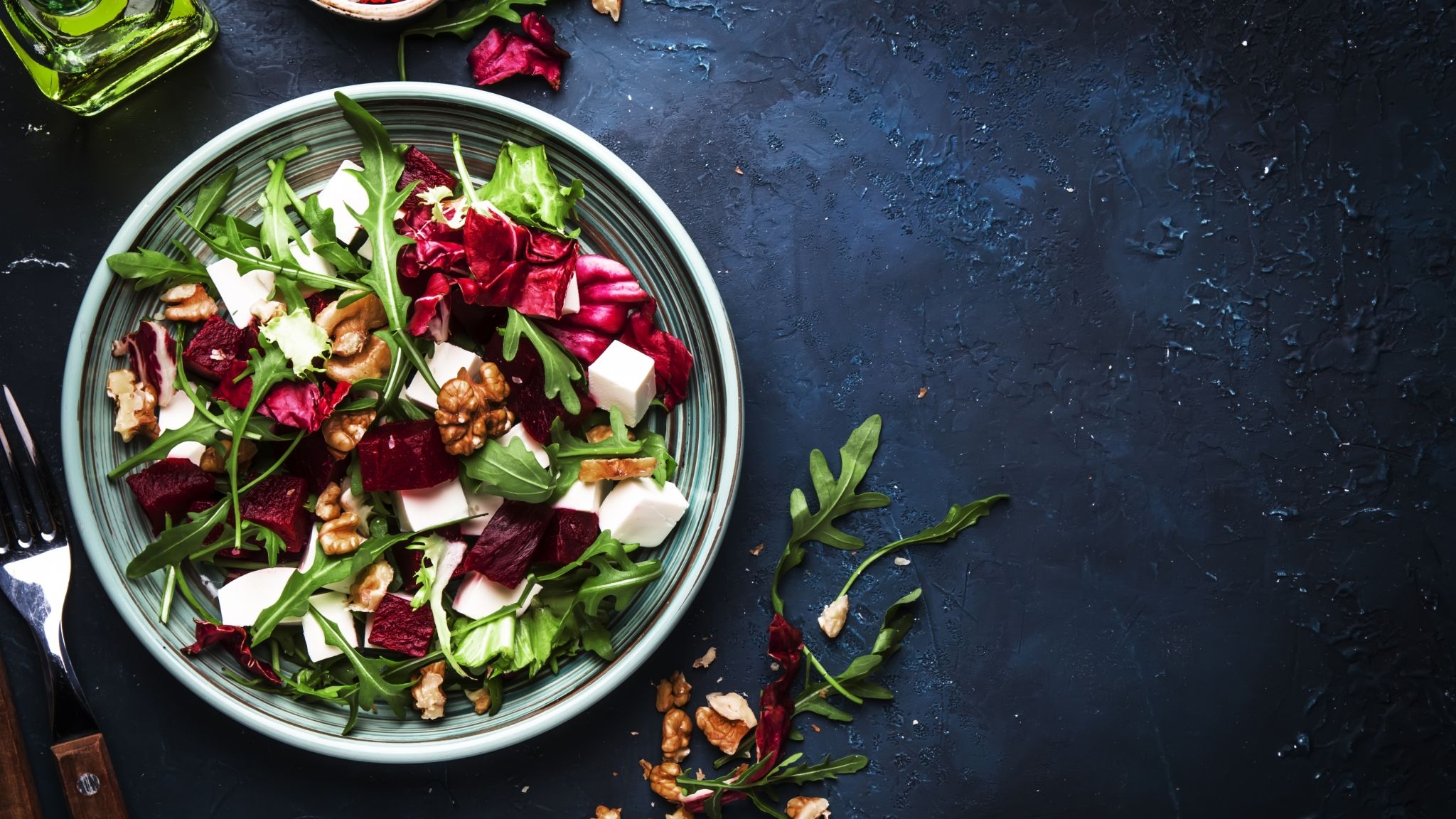Why not we focus on ourselves more and give special attention to our heart from now onwards.
Trust me this strategy will pay far more dividends throughout life and will help you stay happy.
We know that the good fats in almonds and fatty fish like salmon are great for our heart, or that the flavonoids in the chocolates, antioxidants in garlic and soluble fibre in the oats help our ticker big time too.
But there are plenty of lesser-known fruits and vegetables that also act as a panacea for our hearts.
Resolve to include all these turn by turn in your diet from now onwards.
Love Leeks
This lesser-known vegetable has a stockpile of nutrients and also promotes heart health due to the unique combination of flavonoids and sulfur-containing nutrients that it delivers.
How to eat it: Try leek soup, add to bakes, or just grill and eat. Eat at least once a week.
Crave Kale
This lesser-known green is considered a superfood world over and for good reason.
Not only does it provide a lot of the immunity-boosting vitamin C, it also contains bile acid sequestrants, which can help lower cholesterol levels and mitigate heart disease risk.
Plus it delivers nitrates. These nitrates turn into nitric oxide, in the body which helps dilate blood vessels and opens the arteries, thus easing the burden on the heart.
How to eat it: lightly stir fry in a cold-pressed oil, or if you don’t mind the slight bitter taste, add them raw to the salads.
Chomp on Pomegranates
This red fruit is loaded with polyphenols - antioxidants that provide several heart-protecting benefits, including reducing LDL cholesterol (the bad cholesterol).
How to eat it: Crunch this juicy fruit at least thrice a week.
Snack on Spinach
Homocysteine levels in our blood are as big a risk factor as elevated blood cholesterol for heart disease as their high levels damage the blood vessels extensively.
Spinach is a rich source of folate, which is needed for the recycling of homocysteine, to help keep its levels down. Plus its high levels of potassium eases stress on the blood vessel walls and helps the body remove excess sodium (a big risk factor for high blood pressure).
How to eat it: add spinach to your omelet, baked dishes, rice. Add baby spinach to salads. Also try poached egg over spinach, made in olive oil ensures three excellent sources of vitamin E in one go. Try to eat spinach at least twice a week.
Chew on Kiwis
Besides other benefits, this juicy fruit delivers lots of heart-healthy vitamin K.
When there is a deficiency of vitamin K in our body it can lead to increased calcification in the arteries, which makes them stiff. K from kiwi helps keep arteries supple and flexible and thus keeps our blood pressure in check.
How to eat it: just snack on it. Eat two to three times a week at least.
Bet on Broccoli
This less liked (so less eaten) cruciferous vegetable is loaded with both vitamin C and vitamin E, which have immense antioxidant effects that help keep the free radicals in check.
Free radicals are damaging compounds that our immune system may mistake for an invader and attack leading to inflammation in the heart.
How to eat it: lightly stir fry or make a soup. Eat twice a week at least.
Devour Oranges
Antioxidant vitamin C in oranges protects the artery walls and the folic acid helps carry artery-clogging homocysteine out of your system.
How to eat it: Go on, whip up a smoothie - combine 1 peeled orange, 1 cup low-fat yogurt or milk, ice cubes, and a splash of vanilla in a blender. Try to eat it every day when it's in season.
Focus on French Beans
These humble beans are loaded with vitamins A, B, and C besides delivering a compound called lutein. This vitamin A precursor helps fight inflammation in the body and may help prevent hypertension.
How to eat it: best to stir fry lightly, spice it up and add some fresh coconut for good fats to boost the absorption of lutein.
Pick Strawberries
Begin your day with strawberries - make them a part of your breakfast. Why? ‘Coz they are loaded with anthocyanins (flavonoids) which lower blood pressure and make the blood vessels more elastic.
How to eat it: just bite into them or have mixed with yoghurt to score some calcium too. Eat two times a week.
Bite into a Banana
When you eat a banana you get vitamins B6 and C, plus, fiber, potassium, and magnesium, all of which are key nutrients that help keep blood pressure in check.
How to eat it: just chomp it like that. eat at least 3-4 times a week.
(At The Quint, we question everything. Play an active role in shaping our journalism by becoming a member today.)
